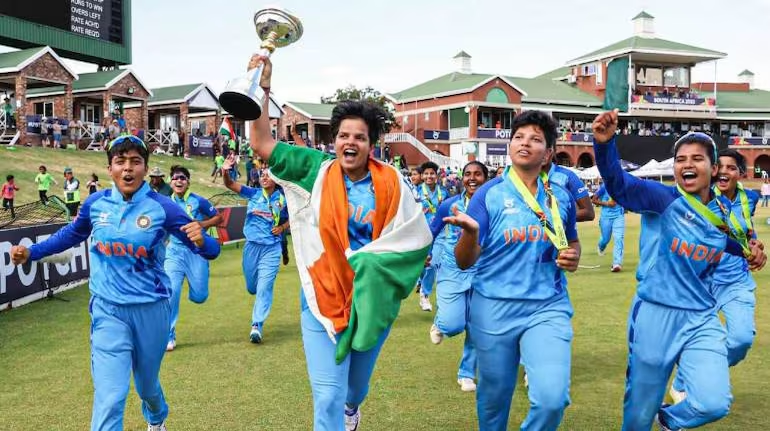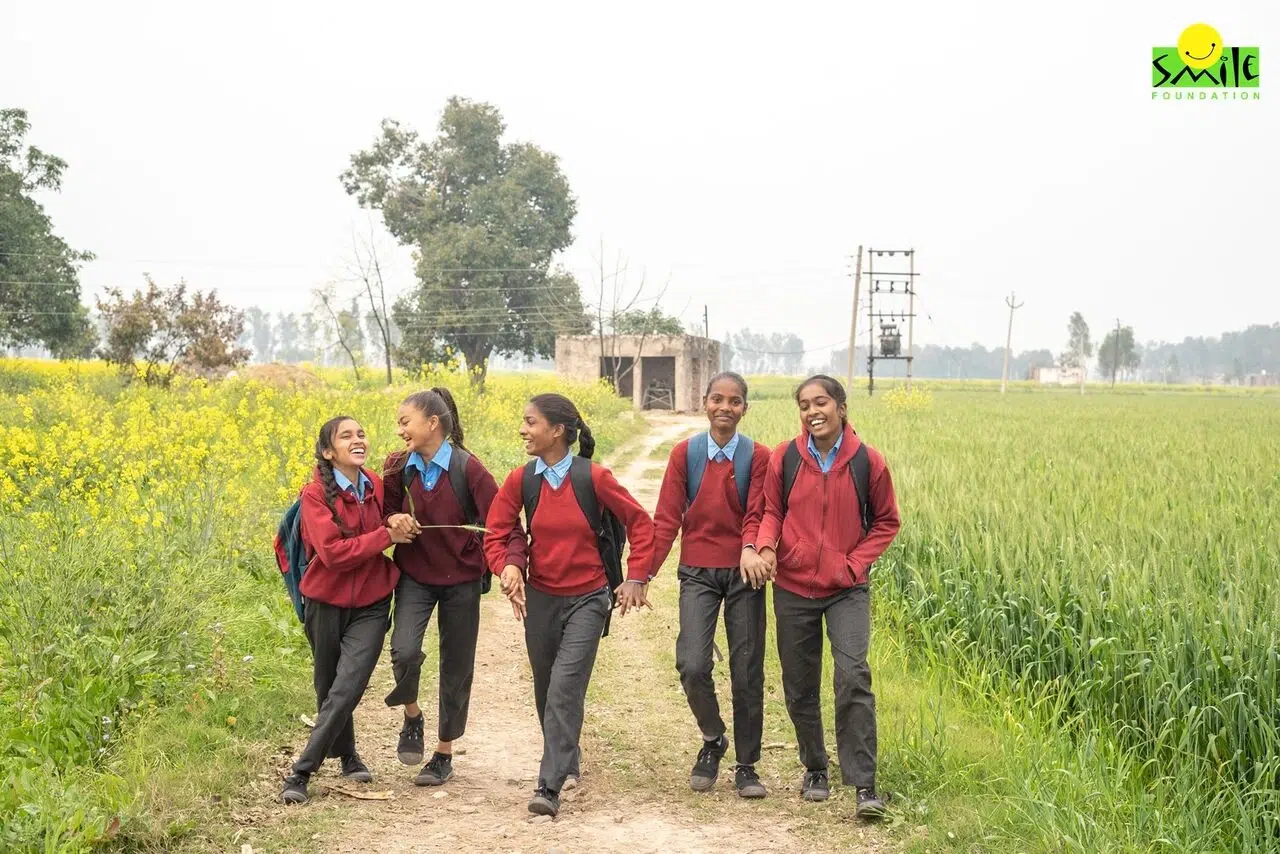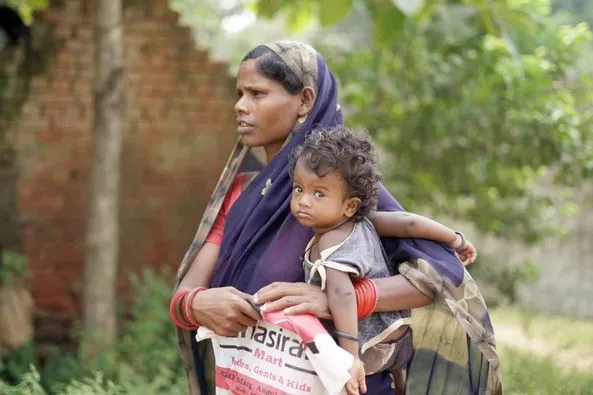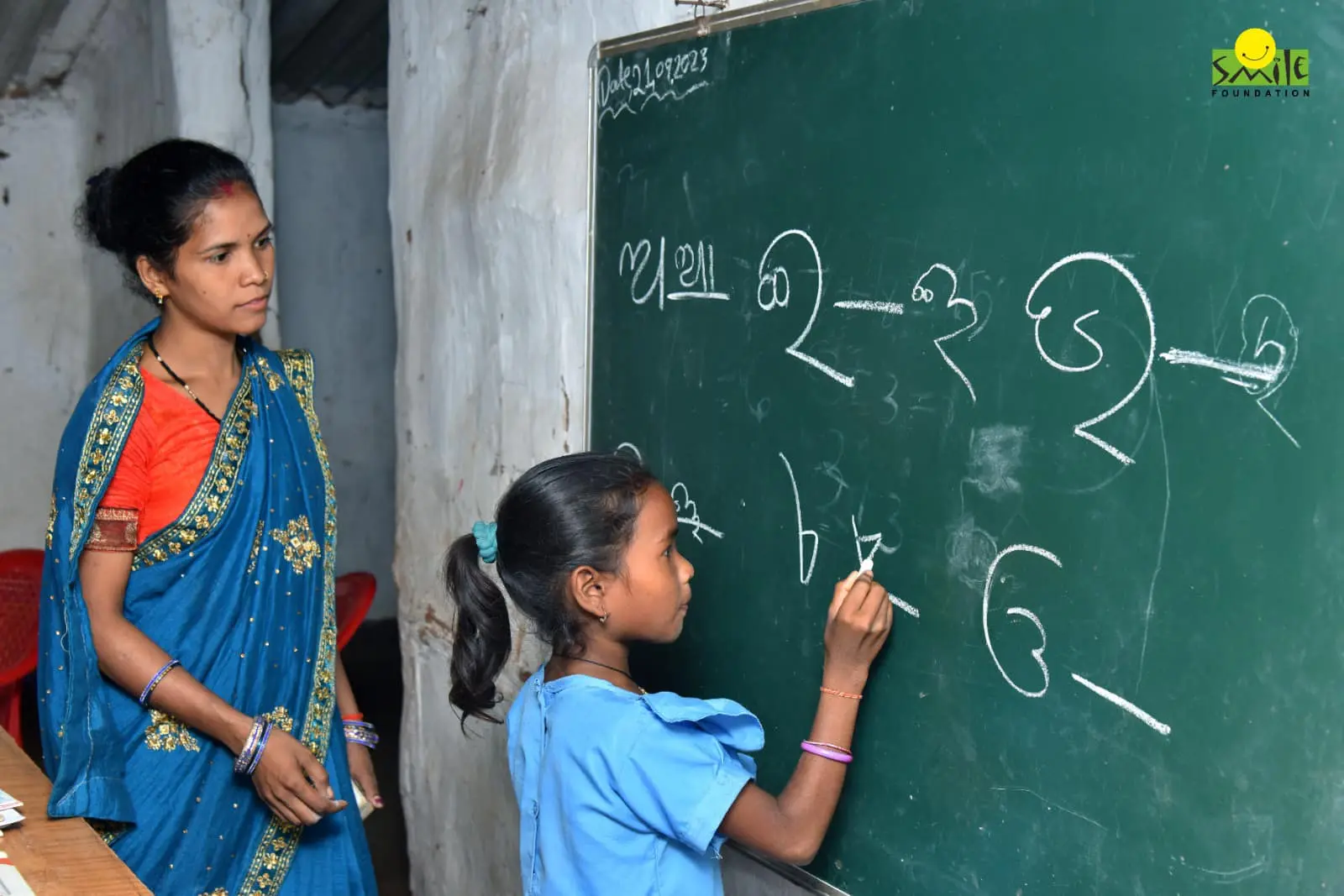It is a man’s world – an oft-repeated lament which applies strongly to India as well seems to be challenged by the strides in women’s representation today. While the discourse around women’s empowerment and equal representation has primarily been centered around access to education, jobs, etc., a new wave is emerging in India with the rise of women’s cricket in the country.
India is a cricket obsessed nation. It is said that cricket is a religion for the millions of fans who throng to the stadiums in support of the ‘men in blue’. The sport creates heroes for the masses and then turns them into legends. The impact of the game is so far and wide that people of all ages, from kids to elderly, can be seen showing-off their skills in gully cricket across the nation.
The sport has also inspired and motivated many to support their children’s dreams of playing cricket. In a nation where education is seen as the promised way out of financial and social hardship, there are examples of players who came from nothing and managed to capture the imagination and dreams of millions like them. A fitting example is that of the former captain Mahendra Singh Dhoni, an Indian Railways employee who went on to win two world cups for the country.
Then there are the likes of Rinku Singh and Pravin Tambe who got their moment under the spotlight because of the Indian Premier League (IPL). Cricket has, undoubtedly, provided new hopes and alternatives to Indians that did not exist in the past. However, this has largely been restricted to men so far. While Indian women’s cricket has been played for decades and has produced iconic players like Mithali Raj and Jhulan Goswami, it could not achieve the same heights as men’s cricket.
Positive shifts for in women in cricket
But things are changing now, and they are changing rapidly. With an exceptional performance in the 50-overs world cup in 2017 and then T20 world cup in 2020, Indian women cricketers managed to grab the attention of fans. Both the time, the team ended up as runner-up, but the close possibility of winning the most-coveted trophy in the game forced the cricket fans to focus their attention on the hard work and talent of women cricketers too.
Since then, the news has largely been positive for women’s cricket. With Indian Premiere League (IPL) gates opening and then BCCI’s decision to fix equal pay for both men and women cricketers, the administrative body has played a crucial role in supporting the talent. With IPL’s appeal among the domestic fans and the global exposure, women’s cricket is now set to further transform in the coming years. We can also expect discovery of new talent.
It is perhaps because of these positive developments that the team’s performance has also been improving consistently. The ball was set rolling further for the women athletes when the Indian test team won two matches in December 2023 against Australia and England. This has now prompted the BCCI to bring back red-ball domestic cricket in the country after a long gap of six years. The administrative body thinks that more competitive domestic cricket will further help in discovering and nurturing women’s cricket talent in the country.
Impact on gender representation
It is not a secret that women in India face challenges and discrimination in many forms. Whether it is domestic violence or access to education; women and girls are often denied basic rights that they deserve as an equal citizen of the country. Further, cultural taboos like menstruation and the regressive ideas around these has been a massive hinderance to women’s growth in the society as well. Women are underrepresented in majority of the area, starting from politics to business.
This, even when women are known to put in more labour on the farms and other physically-demanding occupations. They do this while also taking up the burdens of managing a household, raising the kids, and other domestic chores. Add to this the threat of sexual harassment and discrimination at workplace, institutions, public spaces, etc. It is fair to say that all these challenges make it much-harder for women to work towards their passion and realize their potential, especially for those who don’t live in urban regions of the country.
In such a scenario, the emergence of women in cricket talent in the country is akin to hope for improving gender representation. Cricket has the most visibility as a sport in the country and cricketers often carry a larger-than-life persona. They serve as inspirational figures for millions and amass a strong financial and social capital. If the same avenues are opened for women cricketers, then we can expect to see parents motivating their girl-child to pursue sports or any other passion. It can break a lot of stereotypes that have existed for ages and bring a new hope for girls and women in the country.
Shifting the gaze
Having women in cricket, and sports in general, can also go a long way in improving gender sensitization during childhood and boosting the confidence of girls across the country. Imagine a day when the Indian women’s cricket team reaches the final of a world cup and the whole country watches them fight it out on the field. Imagine they win the match and lift the world cup. What impact it will have on the young girls who watch the ‘women in blue’ celebrating and being celebrated? What perspective shift it will create among the adults and the elderly?
From a red bindi to the red ball, Indian women’s cricket is here to change the face of gender representation in the country.









